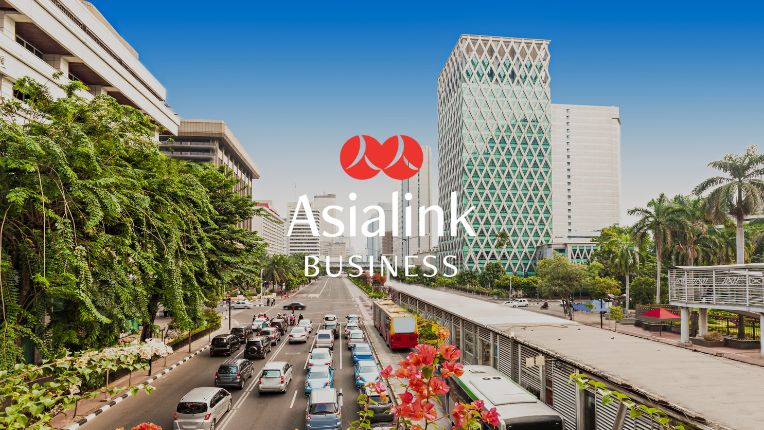Asialink Business
Business advice, training and insights. Partner with us to develop your workforce capability or codesign your Asia strategy.
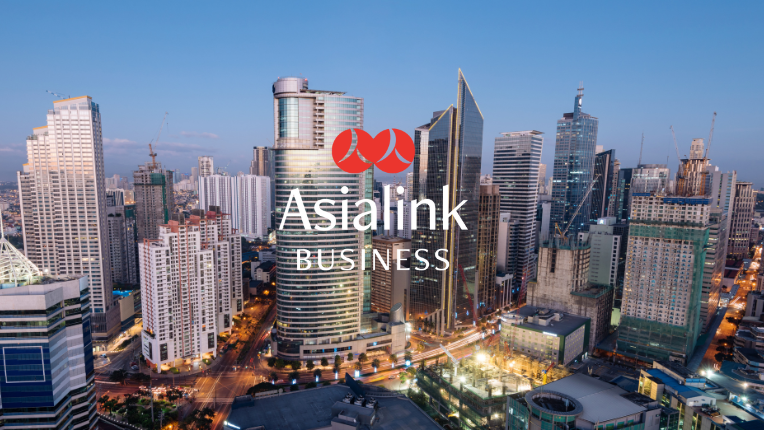
Services to help you succeed in Asia
Know before you go.
Showing resources by field of interest 'Business'Green economy Health and beauty Workforce skills Asia (general) Brunei Cambodia China Hong Kong India Indonesia Japan Korea Laos Malaysia Philippines Singapore Taiwan Thailand Vietnam
Filter by business sector
Filter by place
96 available resources
Programs and services
Doing Business Guides
Business courses
Reports, case studies and submissions

How can we help?
How can we help? Get in touch to discuss how we can help you engage with Asia


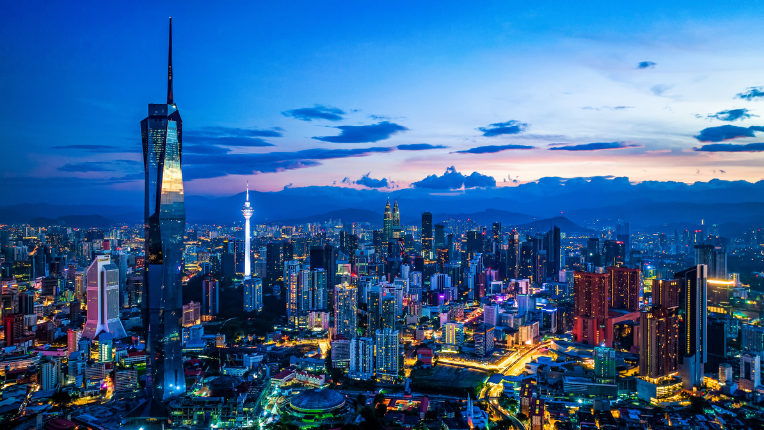
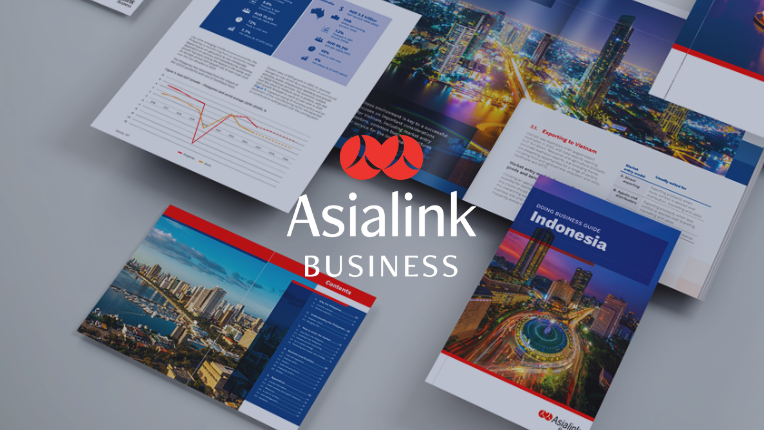

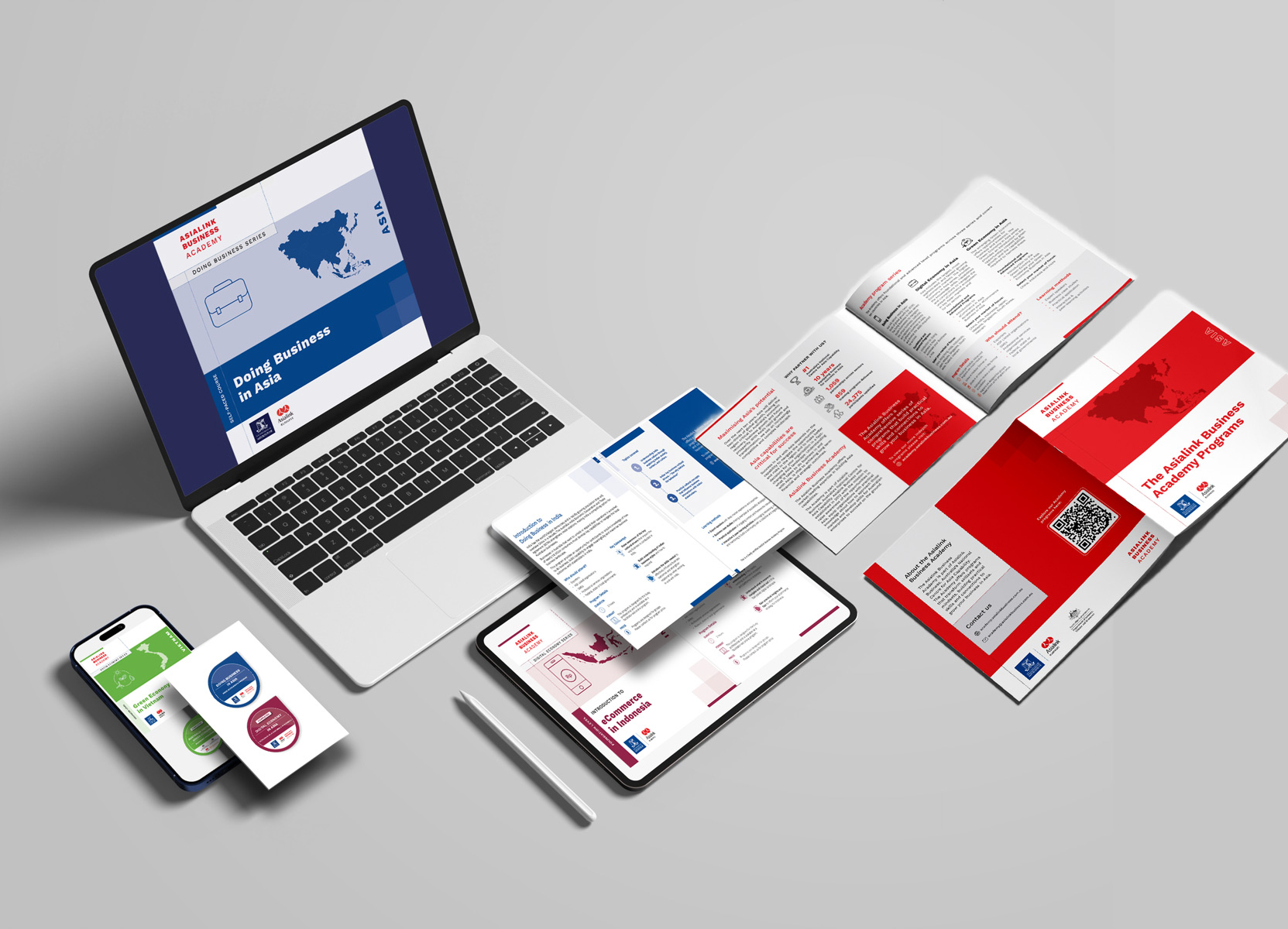






.png)
